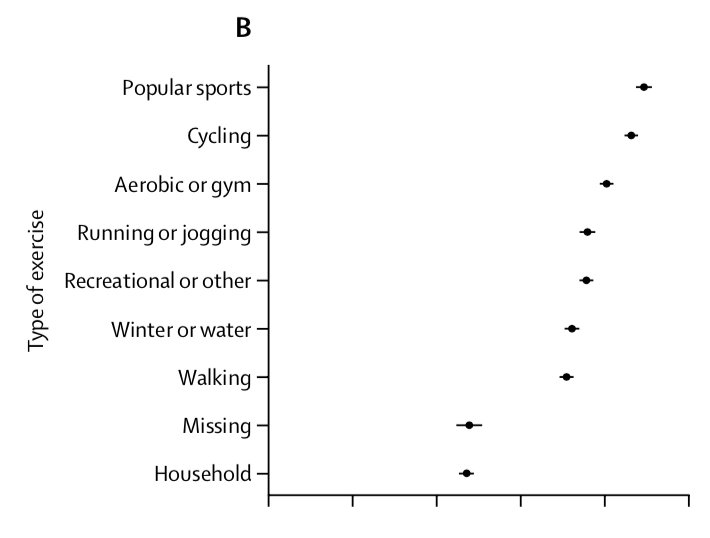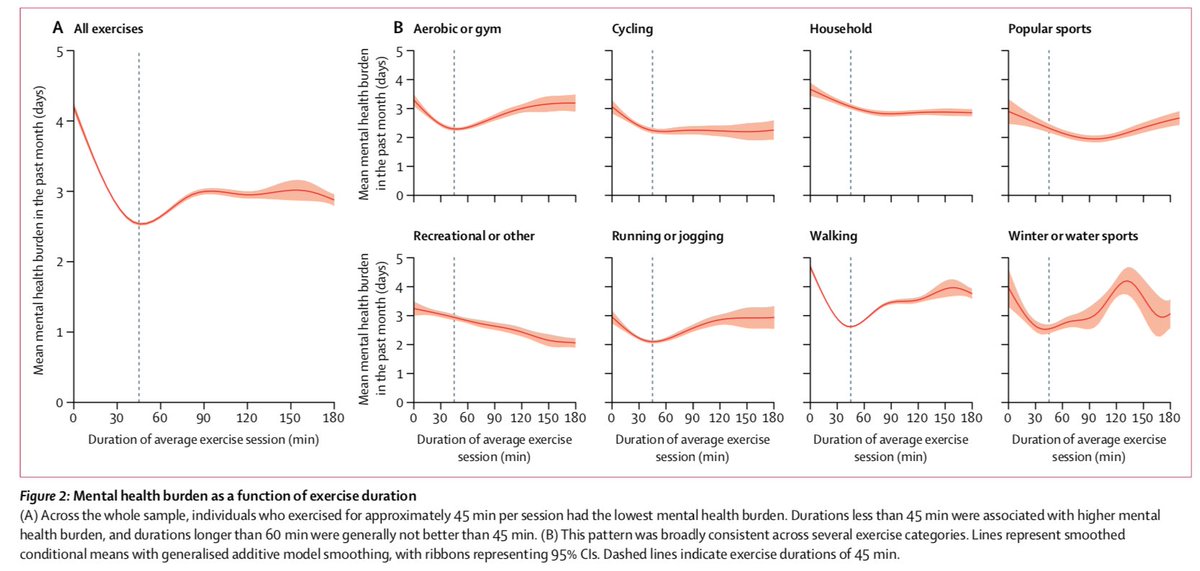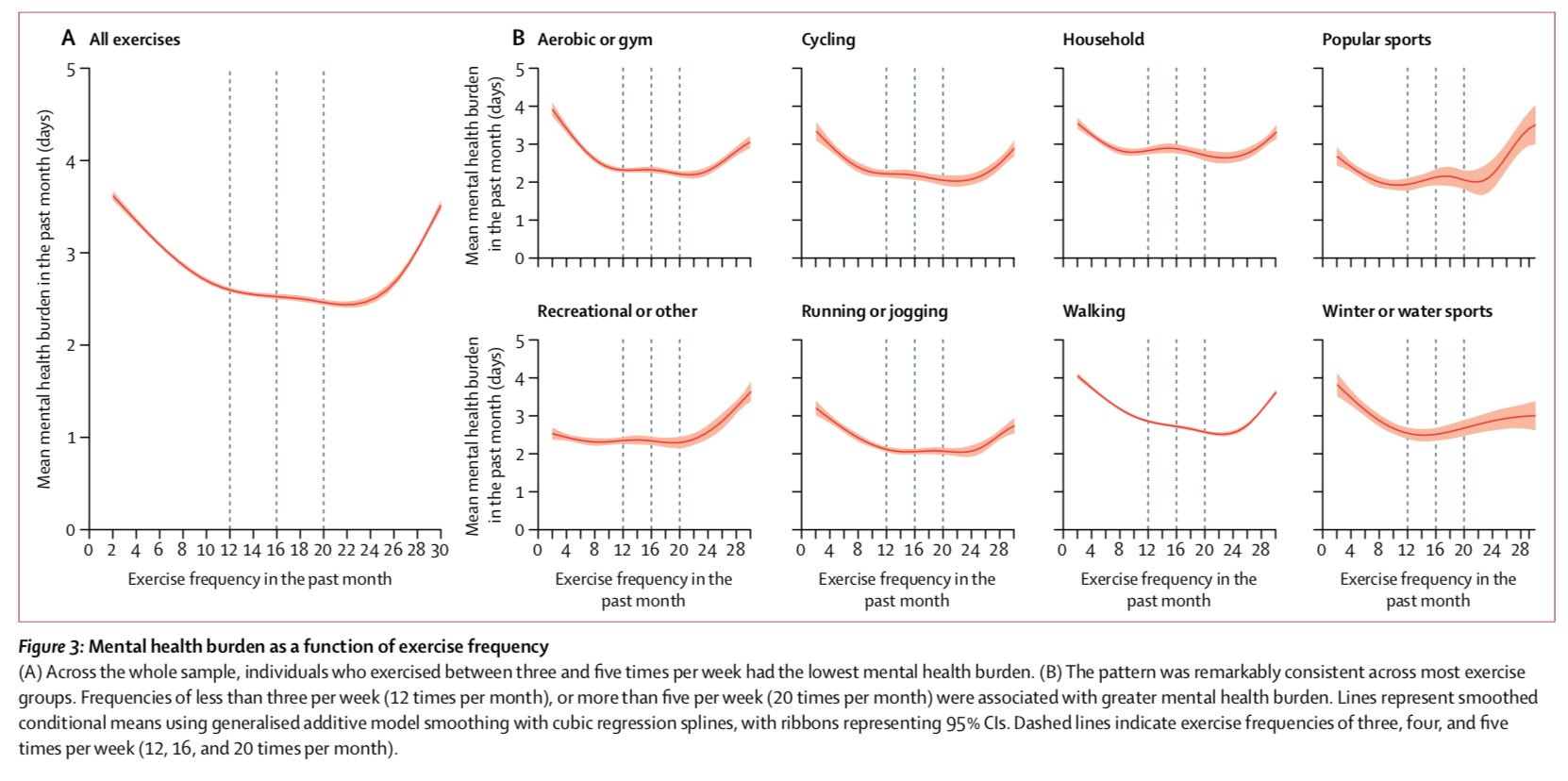A few years ago, a poster with the handle “Omega Point” started showing up on meditation forums. No one knew who he was in real life, but he claimed to be a physicist and an advanced practitioner in Tantric Buddhism, including heat yoga and sexual practices.
He’d often start a post saying things like he just got back from a year – long retreat and had much work to get to, so would only have a brief moment to write his (actually he wouldn’t say “I”, but referred to himself as “this mind” )thoughts and then drop a treatise of text, that was at the same time brilliant , erudite, and inscrutable.
Sentences such as the following were par for the course
“One needs to become absorbed in the chest area heat with non-conceptuality and/or altruism if/when any of the blisses are causing outward emissions, both regular ejaculate and prostate fluid itself..”
He would talk about having such powerful orgasms that it would cause cessations (a state where consciousness shuts off).
“Other phenomena of the many include an energetic orgasm built from the mingling of the blisses (even if not great blisses). Generally from a point behind the testicles, upwards a great orgasmic swooning that upon reaching the head, will cause varying blissful emptinesses. Often becoming extinguished by the gaiety into the emptinesses including the cessation of perception”
He talked about creating blissful pleasure paradises from illusion, that one should have such control over their consciousness that one could look at a cow and turn it into a dog within one’s own mind, of having to be careful while doing certain practices lest you kill yourself changing the flow of your hormonal system.
But it wasn’t all about tantric practices, he once wrote an entire book-length essay on the complete path from beginning to mastering dzogchen (In Tibetan Buddhism, dzogchen is known as the Great Perfection, and is considered the pinnacle of the Buddhist path). He would randomly break into a historicity of the early Buddhist texts and their formulations, setting the stage for his criticisms of the famous Burmese Mahasi noting method of meditation.
He lamented the weak shamatha (concentration) of modern practitioners.
“To this mind, it appears that in many instances both a degenerated samatha and an overemphasis on vipassana persists in modern practice. For example, there is a tendency to reinterpret the qualities of jhana in some cases totally leaving out listed qualities and having a “good enough” attitude; an over-willingness to bend the descriptions of the qualities in favor of one’s experience, to exaggerate aspects of one’s experiences of samatha/jhana to fit the listed qualities, even if they are but an extremely weak shadow or imitation of the actual quality in question; and thus to iterate, an overall tendency for complacence, a settling for a weak and generally unstable samatha that one self-soothes oneself, in quite a deceptive and gullible fashion, into thinking that it instead is a strong samatha or at least qualifyingly enough. However, instead it might be considered that the lengths of mastery described in the texts, that of unshakable stability and of such penetrating concentrative absorption that if sitting by a muddy road and having a large assembly of merchant carts and animals loudly stomp and roll by, splashing mud at one, and that one doesn’t notice such a circus in the slightest, is not merely an exaggeration, but an accurate representation of what expected mastery entails; “
He also criticized the pragmatic dharma movement, saying we don’t practice nearly enough, that we engage in behaviors detrimental to meditation a mere hour after meditating and the we had very low bars for our attainments. The guy was hardcore..
” In the beginning one should use all of one’s free time for practice, every minute needs to be utilized to its fullest…It is essential to be able to let go of everything, including subtle identifications and concepts of humanity, being human, and social niceties etc. Maintaining awareness and guarding against unawareness must take priority over all else, including the destruction of one’s reputation, disappointing others, and ‘ruining everything’. “
So how advanced was this guy?
Someone once asked if anyone had gotten rid of all negative states of mind and then listed every negative state you could think of from worry, to apprehension to butterflies in the stomach, to disquietude and pain. Here was Omega Point’s response.
To make clear for those who require the most explicit, my direct experience of the “knowledge of destruction” bestows the destruction of above termed experiences at their root. Further, my direct knowledge and experience of the immediately following “knowledge of non-arising” bestows a certainty as to the future persistence of non-arising of the above termed experiences. Beyond merely ending I-making, as recently mentioned, there is no reification of property, sexual territory or social contracts or relationships and no false views or unpleasantness related to death of family etc. The advanced practices have lead this mind to the special extinction via bliss and the resulting perpetual union of liberation and bliss. Further, increasing modification and domestication of bodily pain and fatigue, hot & cold, and even the subtle signs related to effort into bliss or cessation.
What I think he was claiming here, was that even beyond eliminating all negative mental traits, even in the case of a death of a family member, he could even turn even pain/hot/cold/fatigue into bliss.
I can hear your skeptical brain churning. I know mine is. What else do we know about this guy? Unfortunately, not much other then what he told us about his life.
At the age of 11 or 12, he found a book on meditation that claimed it could help one develop psychic powers. This of course, is pretty fascinating to a 12 year old and he began meditating between 30 minutes and four hours a day. Obviously, the psychic power thing was nonsense, but the meditation practice brought him great joy and exhilaration as well as social benefits and spent his teenage years:
” rather devoid of all but pretty slight arisings (brief and very uncommon uneasiness, nervousness, anxiousness etc; a great much less than what could be observed of others) & felt nearly all social situations were in the palm of my hand (low self-grasping lead to extremely fluid social dynamics; ‘people were easy’).
To clarify, a ‘young love’ break up of a few years surely had the capacity to influence negatively, as I had rooted a pretty deep attachment and suffered a few weeks before moving on (including the standard sexual territory evolutionary programs males are ‘blessed’ with).
In college he delved into, you guessed it, psychedelics. During one trip, after taking a radical amount of some substance, he saw a wrathful deity, that grew large and consumed his entire vision. The encounter left an indelible mark on him.
A few years later he became interested in studying Buddhism and meditation, and the relationship between the states he had experienced on psychedelics. It was then that he first saw a Buddhist drawing of a wrathful deity, similar to the one he saw while on drugs. How to explain the coincidence? He supposed that the deity was some Jungian archetype buried deep in the unconscious human mind. This led him to take his practice more seriously and he travel to Asia to meet and receive instructions from yogis, monks, and hermits. He also searched out and intensely studied rare texts and exotic traditions. He claims that mastering these practices not only leads to the end of all kinds of unpleasant feelings, but that one “can also experience various orders of the supreme all-encompassing primordial orgasm if wished.”
His scholarly essay, “The Art of Nakedness” outlines the path of meditation needed to get there, although it’s not an easy read for those without a strong background in Buddhist philosophy and terminology.
So where is Omega Point now? Who is this guy and how can we verify if his claims are true? Unfortunately, solving this mystery will have to wait, as over a year ago he left for a long retreat, leaving us with this note of advice…
Tomorrow I will leave to visit a spiritual friend for 4-5 days who herself is back from retreat for a month. After which I will resume long retreat.
My central message to fellow practitioners, sincerely from the bottom of my heart, is to stress the importance of retreat. The dharma cannot be rewritten to accommodate one’s great attachment to modern daily life. The only way forward to great realization is to rewrite one’s daily life to accommodate the great dharma.
This stock of fleeting moments we call life can be easily wasted. We should recognize the mistake of conflating the wisdom of working within our circumstances with actions predicated on our great attachment to modern daily life.
This great attachment, with all its sweet sounding rationalizations, is nothing more than a mara. A mara intent on making this blessed life unsuitable for the great dharma, and so transforming it into an obstacle like that of the devas. If you truly seek the flower of Dzogchen this life, then now is the only time to totally abandon this obstacle.
-May all sentient beings be free from suffering, and may all practitioners of Great Compassion be unobstructed on their journey to dharmic omniscience.




